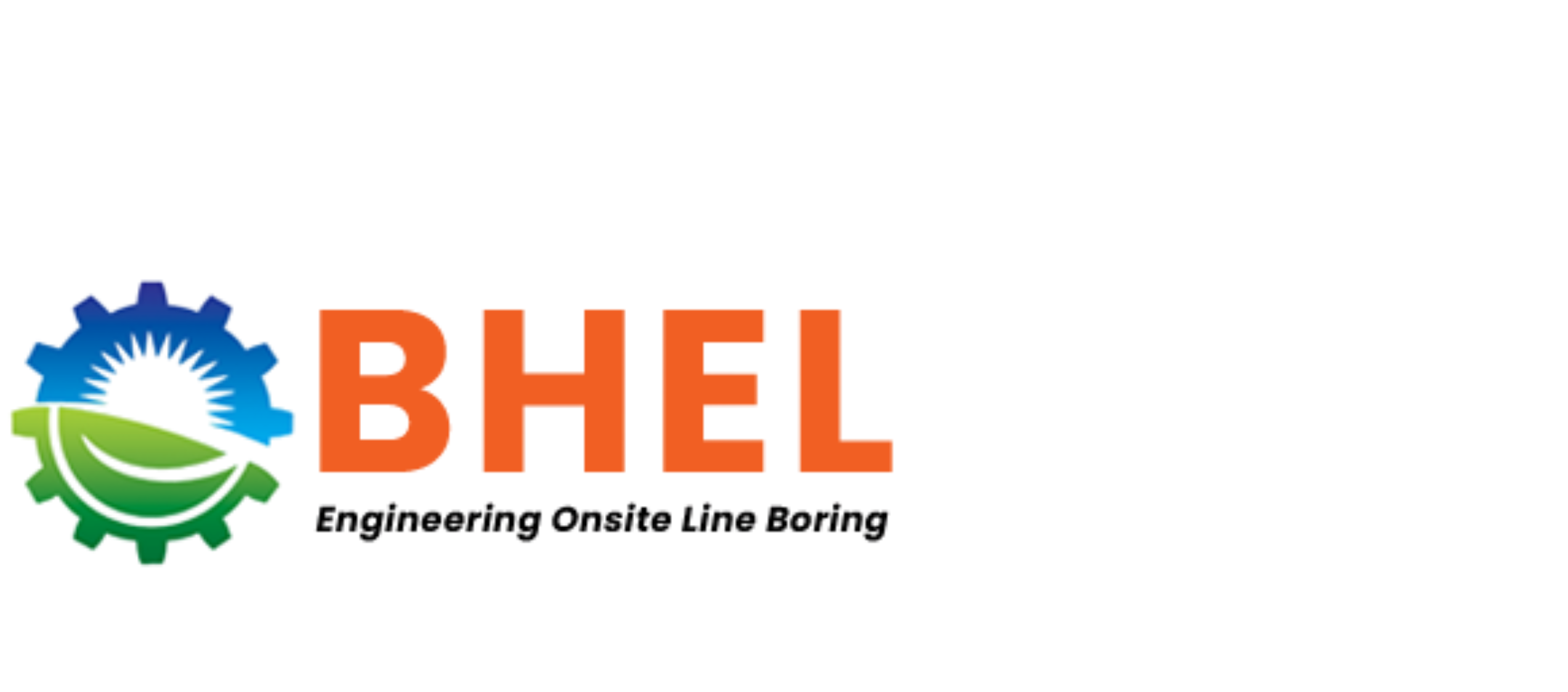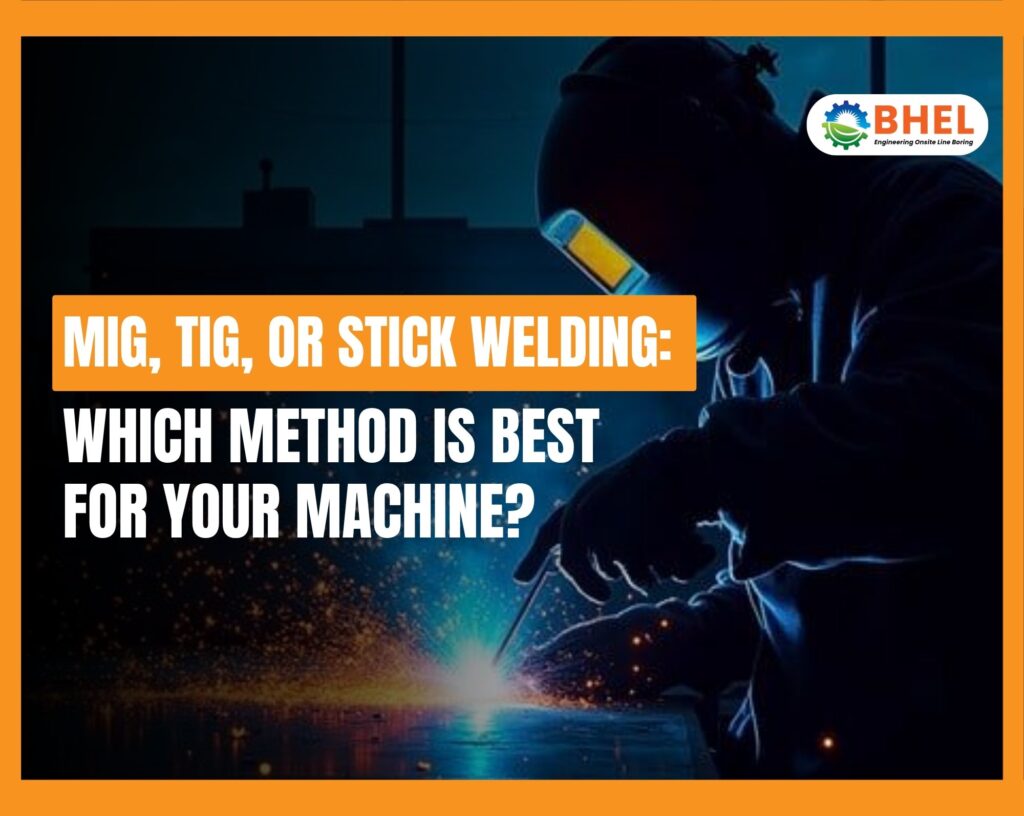When it comes to repairing or fabricating machinery, the type of welding you choose can make a big difference in strength, durability, and overall performance. At BHEL Engineering, we specialise in on-site welding across WA, offering MIG, TIG, and Stick (ARC) welding to suit a variety of materials and machinery types. Understanding the differences can help you choose the right method for your needs.
MIG Welding – Fast, Clean, and Versatile
Metal Inert Gas (MIG) welding is ideal for quick, clean repairs on steel and aluminium. It uses a continuous wire feed and shielding gas to produce strong welds with minimal spatter.
Benefits of MIG Welding:
- Fast and efficient for larger projects
- Produces clean, smooth welds
- Easy to handle for long, straight welds
- Great for light to medium-duty machinery repair
Best For: Brackets, mounting plates, structural repairs on steel and aluminium components.
TIG Welding – Precision for Tough Jobs
Tungsten Inert Gas (TIG) welding is a slower, more precise method, perfect for stainless steel, aluminium, and other alloys. TIG welding allows for detailed work and is ideal when appearance and accuracy matter.
Benefits of TIG Welding:
- Extremely precise welds for critical components
- Works well on thin or delicate materials
- Clean, strong finish with minimal post-processing
- Great for detailed repairs or custom fabrication
Best For: Safety guards, light structural components, custom jigs, and small-batch parts.
Stick (ARC) Welding – Tough, Reliable, and Versatile
Stick welding, also known as ARC welding, is a traditional method that works well in outdoor or challenging conditions. It’s robust, reliable, and doesn’t require shielding gas, making it ideal for harsh environments.
Benefits of Stick Welding:
- Excellent for heavy-duty repairs
- Can be used outdoors or in windy conditions
- Strong welds for structural components
- Minimal equipment required
Best For: Cracked booms, buckets, grader rings, and other heavy machinery parts exposed to tough conditions.
Choosing the Right Welding Method
The best method depends on:
- Material type: Steel, aluminium, stainless steel, or alloys
- Location: On-site repairs in the field vs. controlled workshop environment
- Precision required: Detailed fabrication or heavy-duty structural repair
- Speed vs. quality: Quick repairs vs. high-precision finishes
At BHEL Engineering, we assess your machinery and site conditions to determine the most suitable welding method, ensuring durable, OEM-quality results every time.
Why Choose BHEL for On-Site Welding
- 20+ years of experience in mining, civil, and industrial equipment repair
- Fully mobile service across WA, from Perth to Pilbara and beyond
- MIG, TIG, and Stick welding expertise for all machinery types
- Fast, safe, and reliable repairs with minimal downtime
- Focused on precision, durability, and site-specific solutions
FAQs
1. Can all welding methods be done on-site?
Yes, our mobile welding setup allows us to perform MIG, TIG, and Stick welding directly at your site, reducing downtime.
2. Which method is best for aluminium?
TIG and MIG welding are ideal for aluminium due to their precision and clean finish.
3. Can Stick welding be used outdoors?
Absolutely. Stick welding is robust and works well in challenging conditions where shielding gas might be affected.
4. Do you provide welding for heavy machinery components?
Yes, we repair booms, buckets, grader rings, pivot points, and other structural machinery parts.
5. How quickly can you respond for on-site welding repairs?
Our mobile team provides fast response across WA, ensuring urgent repairs are handled quickly to minimise downtime.
Conclusion
Choosing the right welding method is crucial for long-lasting, reliable repairs. Whether you need fast MIG welding, precise TIG work, or heavy-duty Stick welding, BHEL Engineering delivers professional, on-site solutions tailored to your machinery and site requirements.


